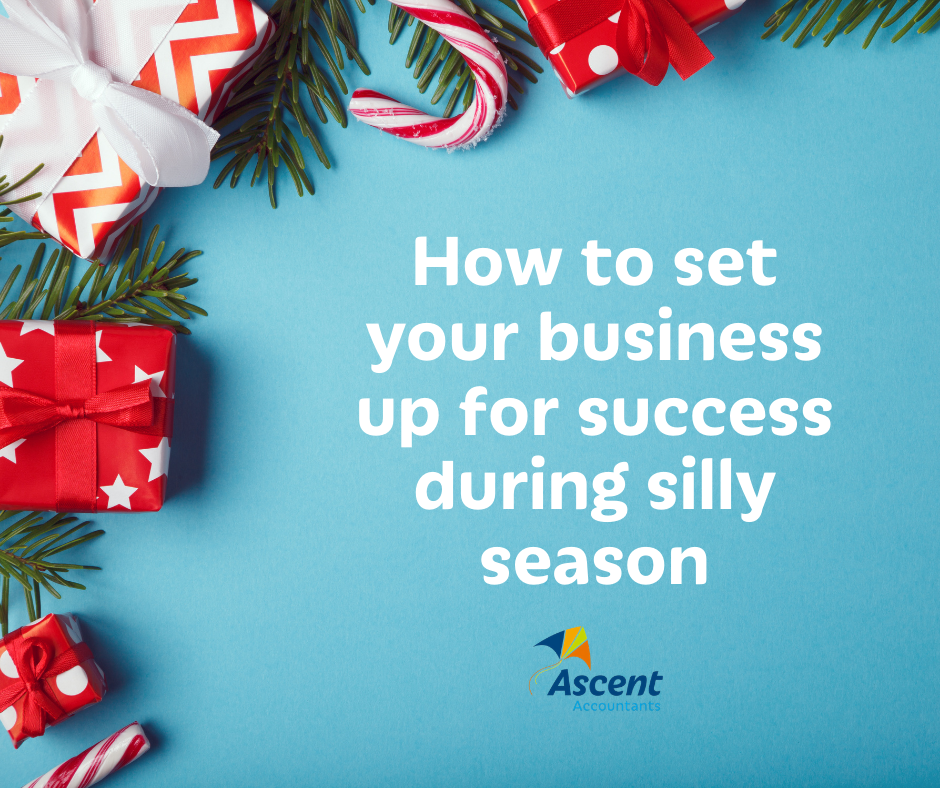How to set your business up for success during silly season

Firstly, know your cashflow…
It’s near impossible to plan if you don’t have a realistic and solid idea of how much cash is flowing in and out of your business. You need to be proactive not only in your cash flow planning, but also your execution.
There is plenty of accounting software available that can give you an instant snapshot of your in and out going cash. There is also plenty of job management software available that helps you have complete visibility over the time and costs you still have left to bill within your business and what work your business has coming up.
Secondly, get on top of your invoicing….
One way to help your business cashflow is to be proactive with your invoicing. The fix can be as simple as switching from billing monthly, to billing immediately after a job has been completed. This simply helps the payment process start sooner, and therefore having the cash start coming in sooner.
There is also a heap of different accounting software available that can help make the invoicing process a lot easier and more streamlined.
Thirdly, be sure to chase late payments…
This can be an unpleasant task, but also very necessary one. You may need to start chasing up anyone that is in debt to your business and has failed to make due payments. It can be easy to have these things go unnoticed, but you’d be surprised how debt can build up.
Sticking to the Christmas spirit, this is also a good opportunity to make sure that your own business is also up to date on all your payments and charges too.
Lastly, work out your tax deductions on expenses…
When it comes to Christmas time, it’s understandable that you want to splash out and show your appreciation to your staff and clients. While this is lovely, you do need to keep in mind which of your common Christmas expenses are claimable before you go too overboard with spending. An important thing to understand is the possibility of fringe benefit and income taxes that can possibly arise when it comes to providing entertainment and gifts to staff and clients.
This can apply to anything from gifts to clients, Christmas parties, gifts to staff, food and wine and cash bonuses.
A finishing note…
With a decent amount of planning and thought, Christmas time doesn’t have to be manic and stressful. If you plan well, you can still have your Christmas cake and eat it too.
If you need any help, assistance or advice with anything discussed, please don’t hesitate to give us a call!
Phone: 08 6336 6200
Email: info@ascentwa.com.auA backup savings plan is always a must, especially in the context of what we have experienced this year. Having a good savings plan for your small business helps protect you should anything go wrong. While you budget for the new year, be sure to factor in what you need to do to have enough saving to cover any potential business losses.
Need help with your accounting?








